Disclosure: Meeple Mountain received a free copy of this product in exchange for an honest, unbiased review. This review is not intended to be an endorsement.
There are certain names that resonate in my hobby circles, and one of those names is Paolo Mori.
Mori—the designer of Libertalia, Ethnos, and Blitzkrieg! World War II in 20 Minutes—is a big name in two of my Chicago-area gaming circles. Libertalia (the newer version published by Stonemaier Games) is still making appearances on a quarterly basis. Blitzkrieg! is one of the best two-player-only board games I have ever played. Ethnos has legions of fans and multiple friends own a copy.
Even when I experience a Mori misstep—such as the somewhat uneven plays I had with Battalion: War of the Ancients—I am still grateful I got the chance to get a Mori design to the table. I’ll try anything the guy puts into the market.
Altay: Dawn of Civilization (2024, Ares Games) is a co-design between Mori and Ole Steiness, the designer of Champions of Midgard and Meeples & Monsters. Thematically, Altay is a “civ game”, with a very light approach to a 4X-style game, typically reserved for much heavier strategy titles such as Twilight Imperium and Voidfall.
Mechanically, Altay is a deck-building game. Almost everyone in my circles plays a wide range of deck-building games, so getting Altay to the table quickly with these groups—based on the designer pedigree and the mechanics—was easy. An additional bonus: Altay, like other recent Mori designs, usually plays very fast. (We’ll come back to this point.)
Given all this information, one would have guessed that Altay landed well. Well, it landed.
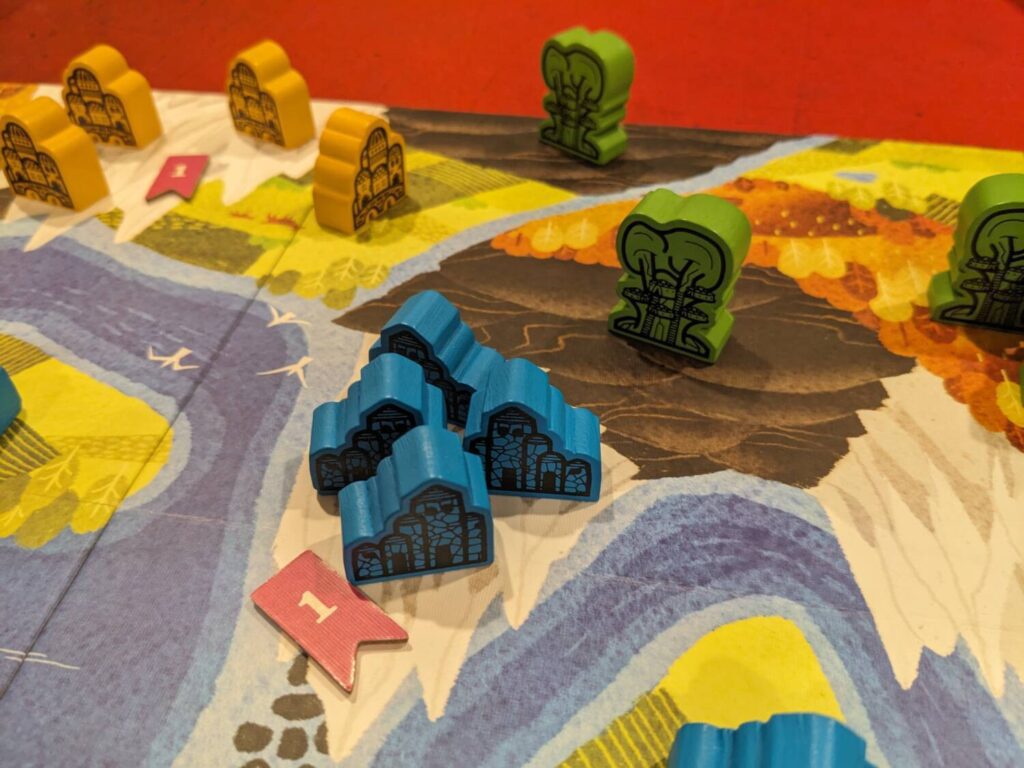
Yeah-Huh
Altay: Dawn of Civilization is a 2-4 player civilization-themed area control game, with very slight asymmetry between the four factions included in the base game. Nature intends for this game to last about an hour, and during that time, players start with a single settlement on one of the farmland regions of the very small main board. The main task: expand across the map to build 14 additional settlements. Players also exploit the land for resources, secure new character and building cards to strengthen their deck or their technical capabilities, and attack or defend themselves from two non-playable factions (known here as “conquest markers”) as well as human opponents.
Once any player builds all 15 of their settlements, or any player has zero settlements on the map, the game ends immediately after all players have taken an equal number of turns.
Players begin the game with 10 cards, many of which are the weakest form of more powerful cards that can be found in a public card market featuring 11 better versions of the starting cards. In a format that will be very familiar to players who have tried deck-building classics such as Clank!, Dominion, or Lost Ruins of Arnak, players draw exactly five cards from their deck, and then play or use the resources from those cards during that turn. Any resources or cards not played, archived or stored on that turn are lost. Played cards are placed in a discard pile along with any newly-acquired cards, then the next player takes their turn.
This was the point where Altay—a beautiful production with a board that quite handsomely creates regions without drawing formal lines on the various territories that must be conquered—became less magical than I originally hoped. Altay almost immediately becomes a fairly routine exercise, at least to someone who plays a lot of deck-building, civ/conquest, or tech tree-style games (e.g., me).
Play these five cards in my hand for two food, a stone, and a wood token, acquire a new card that is a little better than the ones in my hand, pass. Along the way, I might play a Village card from hand, which allows me to add a settlement to the board for two food.
Five of the 11 cards available from the market simply double production from the region types where you have a settlement. Two of the 11 cards offer a better warrior class than the starting warrior. Two of the cards upgrade Village cards, to allow for a more efficient settlement building process, and since settlements are the end-game condition, everyone is racing to build as quickly as possible.
The four factions? Thanks for asking, since none of the human players asked about the different faction names during my review plays. The factions are known as the Elvenfolk, the Earthfolk, the Smallfolk and the Firefolk. Cool names, but not nearly enough asymmetry. The starting decks for each faction have 10 cards…and maybe eight of the 10 are the same across all four factions. One faction has two Village cards while every other faction has just one. One faction has one more Culture resource card than the others. You get the idea.
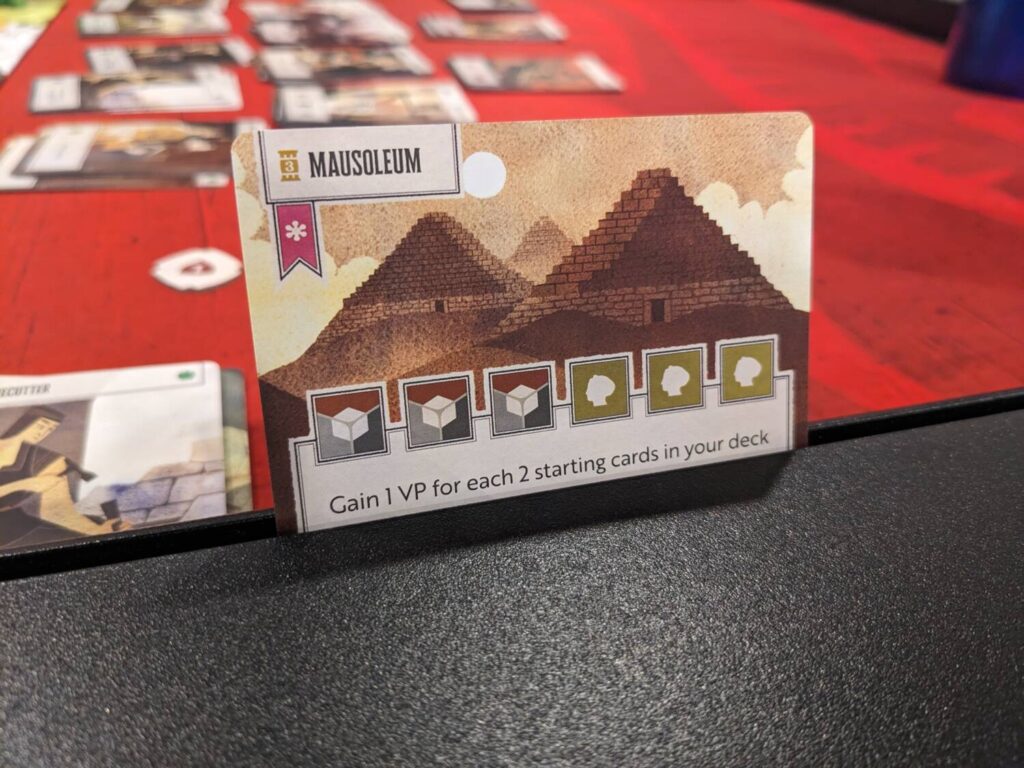
However, there’s no aid to guide players of, say, the Elvenfolk towards a specific focus. And the map is very balanced in terms of terrain type diversity, so if we said that the Earthfolk are best at harvesting, say, farmland, there is no specific starting area that benefits their powers.
In other words, I’m surprised Mori and Steiness bothered with different faction “abilities” at all. Sure, the tokens are different, and those tokens are chunky and gorgeous on the table. But one never gets the sense that they ARE the Firefolk. Sadly, they are just playing the red faction. They have no special powers to worry about, but they might have one extra attack/defend card in their deck.
The cards in the market? Always the same 11 cards, with no overtly special or game-breaking items. The top 1-2 cards of a deck for the six “special” cards (the upgraded warrior cards, the upgraded building cards, and two cards used to either store resources or produce a wild building resource) score end-game points for their owner when acquired, at the cost of one additional resource. It’s just enough to push players towards a minor race to grab a few of those cards.
Where Altay shakes things up is the technology tableau, a separate market where players can spend resources to slowly build up that asymmetry missing in the faction powers. By spending 3-6 resources to complete a technology—built up over a series of turns and stored on technology cards—players can both place a new settlement on the map and gain a new ability that triggers once per turn or as a one-time bonus.
This gives the game legs, although in a strange twist, there are enough copies of the same technologies for all players. That means that all players might eventually be able to build the Mathematics tech. One could race to grab a tech before another player, but in my games, the bronze (level one) technologies are often in everyone’s tableau by the end of each game.
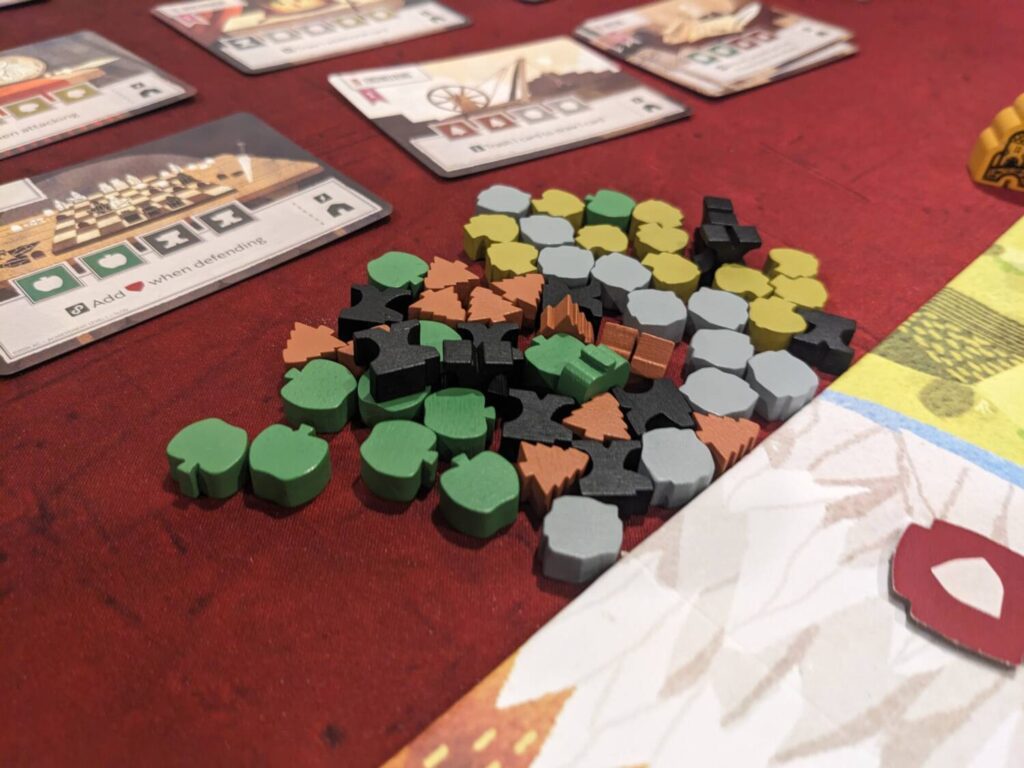
Breaking News: Altay Needs More Breaking
All the above puts Altay: Dawn of Civilization in a tricky spot.
On the one hand, it’s a very breezy time at the table, with low scores and tight, competitive outcomes. Two of my three review plays (two games with three players, one game with four players) featured a winner that scored 20-22 points, with second place lurking very close behind, so the balance certainly feels right and I witnessed a variety of strategies end up in the winner’s circle.
In each game, the winner tried something different. Once, a player did the best job at a land grab, spreading out their settlements to score almost 10 points (a large amount of points in a game of Altay). In another, a player who was squeezed almost completely off the board won by completing the most technology cards. In a third game, a player edged another player out by trying a balanced approach and won by defeating two more enemy units than other players.
Speaking of fighting: Altay is the least “fighty” civ game I have played in a while, which makes it perfect for a Eurogame player less interested in combat games and more interested in building an engine.
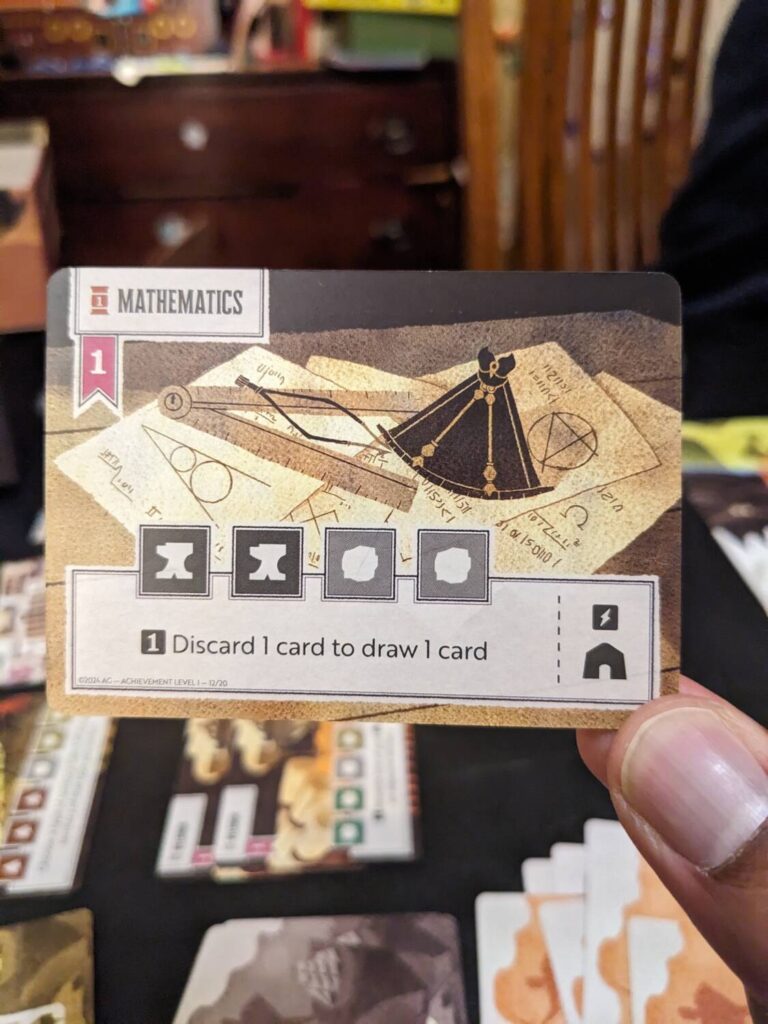
On the other hand, I have to dream about what could have been. The faction powers are not game-breaking enough for my tastes. The technologies are cool, but there are always the same five bronze and five silver (level two) techs featured in each game. I’m already leaning into using the same 2-3 techs in each game if they appear early.
As any self-respecting deck-building player knows, any cards with the words “trash”, “banish”, or “permanently remove” in their description are solid gold. I always want to get rid of those terrible starting cards to thin out my deck, so when technologies with the word “trash” appear on the market in Altay, my eyes get really big. Unfortunately, there’s only one technology that does this. None of the 11 market cards allow a player to trash other cards from their hand. That usually meant that by the end of each play, I had a 25+ card deck full of cards that produced one food or one stone. On some turns, you might play 3-4 starting cards even late in the game, without a way to mitigate the functionality of those weaker cards.
Another issue: Altay played best when players focused on building, with a side helping of combat. It’s not a great combat game, and the end-game conditions are not tied to beating up on opponents (even if that is a nice way to score a few points to grab an edge). In our final four player game with my review crew, two of our four players went heavy on the combat—and that game took just shy of two hours. As the side of the box reminds us, Altay is meant to be played in 45-90 minutes. Two hours is too long for a deck-building exercise on a small map with a limited card market. And we felt that by the end, for sure.
Altay is an average deck-builder, an average civ game, and an average area control game in a beautiful package that should normally play in about an hour. As a combined effort, Altay is good, but it’s not nearly as good as any deck-builder I have in my collection, nor any civ game I have previously tried—and there are dozens of area control games I would pick over Altay. For example, I’m likely going to pivot to Civilization: A New Dawn for a medium-sized civ game experience, or something Euro and breezy like Revive or Beyond the Sun if I want to get the hallmarks of civ-style deck-building and/or area control games in a 90-minute experience.
Altay: Dawn of Civilization is the classic example of a “B” student. It’s OK in many areas but it’s not going to be the school valedictorian. I will happily play Altay again if asked, particularly because it’s a medium-weight filler that can comfortably launch a heavier game night. It’s just never going to be the focus of my attention.


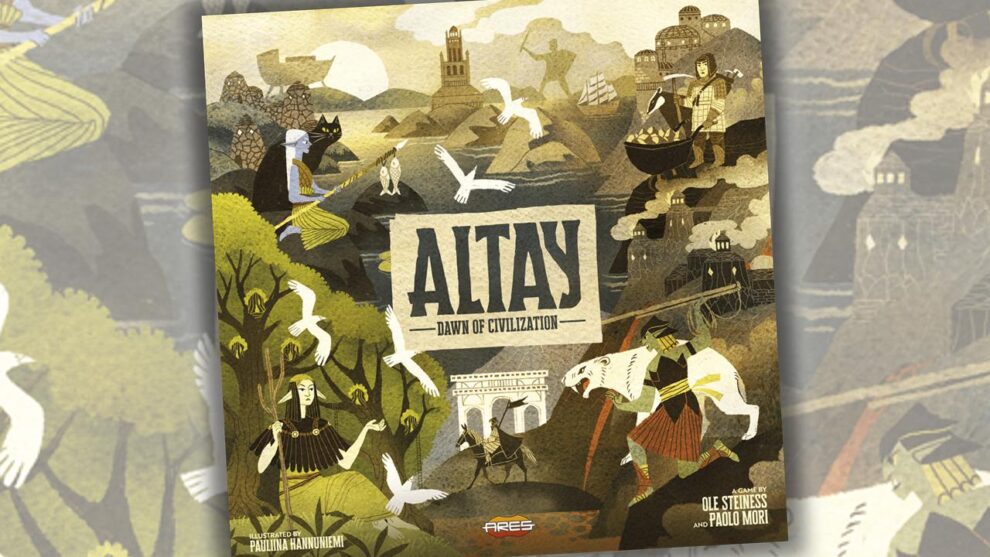

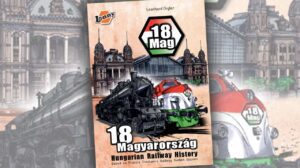





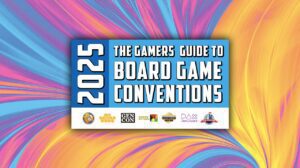
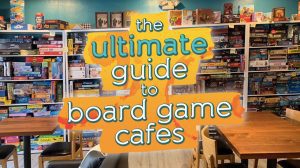
Add Comment